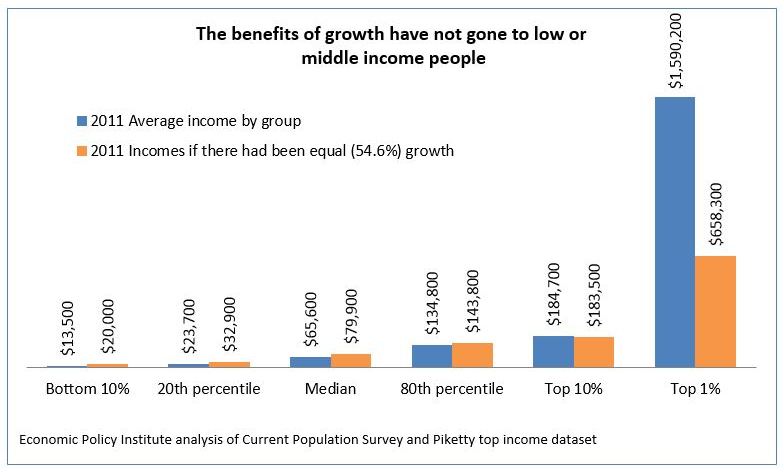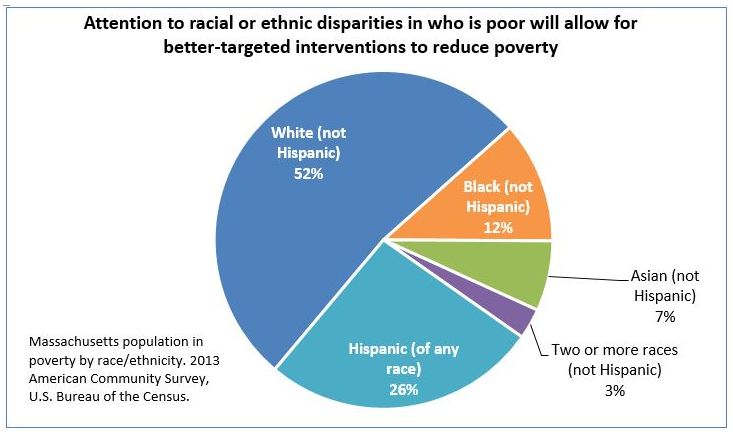available for purchase
at this time.
#StaffChat: Poverty in Boston
Staff chat posts feature articles and news that the C1 team discusses as part of our weekly all-staff meeting. We’d love to hear your thoughts too — hit us up on Facebook or Twitter!
♦♦♦♦♦
For this week’s Staff Chat, we are looking at the state of poverty in Boston in response to a report released in November:
- — Poverty Rate in Mass. highest since 1960
- — From Poverty to Opportunity: The Challenge of Building a Great Society
- — Poverty and Inequality in Massachusetts Today
The report by the Massachusetts Budget and Policy Center shows that the poverty rate in Massachusetts is at 12%, making it one of the highest in the United States. Massachusetts also leads the nation in income disparity between the lowest and highest levels of wage earners.
The Boston Globe, which broke the story, highlighted some troubling statistics, including:
- — After an initial decrease in poverty after President Lyndon Johnson declared “War on Poverty” with an army of Great Society social programs, the poverty rate slowly rose again and the current poverty rate is the same as it was in 1960
- — Though several Great Society programs (food stamps/SNAP, Head Start, Medicare and Medicaid) are still going strong, in the past twenty years Massachusetts has slashed almost $3 billion in funding for affordable housing initiatives, early childhood learning programs, and job training for young people
- — Wage stagnation is a chief cause of the plateauing poverty rate; had income growth reflected productivity growth, the lowest wage earners would be earning at least $10,000 more per year than they are now. The highest 1% of wage earners would collectively earn almost $1 million less
- — Looking solely at cash income, poverty in Massachusetts is at 27%; adjusted according to the Supplemental Poverty Measure, which takes into account other forms of income and public assistance, the poverty rate drops to 12-14%
- — Adjusted for inflation, the average working class individual earns $5000 less than his 1960s counterpart
The MBPC report included this infographic to explain how today’s worker would fare had wages increased at the same rate as productivity:
Both the report and the Globe stories point out that many of the Great Society programs are still in place and still yielding results. What sticks out in their assessments of poverty today is the idea that the best way to close the poverty gap in Massachusetts is to strengthen community bonds that will prepare future generations to succeed in all aspects of life – economically and creatively – by developing technical skills through job-based training, achieving more in school, and developing close partnerships with employers and community organizations that can provide support throughout their lives.
Poverty at the start of life has long term implications for success in school, emotional well-being, health, and the likelihood of future economic success. Child poverty matters, both because all of our children deserve an opportunity to thrive, and because the well-being of children today is the foundation of the economic well-being of Massachusetts in the next generation.
Noah Berger, executive director of the MBPC, asserts that investing in young people and their education and skills should be a top priority. He points to Governor Charlie Baker’s stated goal to get people off public assistance and into real work. According to Berger, this goal can be achieved if a community actively invests in its children by providing education and job training, affordable childcare and transportation for working parents, and a commitment to providing decent jobs. Reducing poverty is a process that demands tangible support with attendant emotional support from parents, teachers, and employers throughout a child’s life.
So what does this mean for Boston? Boston is one of the most diverse cities in America, and this diversity must be embraced – stopping poverty must be a collective goal, not one that is isolated neighborhood by neighborhood. Massachusetts Association for Community Action director Joe Diamond’s quote in the Globe article really stuck out here: “It’s so important to make the economy work for everyone. Societies that have a widening gap between rich and poor become weaker and weaker.”
The MBPC report added:
For children of color, the challenges created by concentrated poverty are particularly acute. Half of Hispanic children and close to 40 percent of Black children live in communities with concentrated poverty. Whether or not these children are themselves poor, they are at risk for poorer life outcomes, simply by virtue of living in these under-resourced communities.
The solution all these articles point to is not simply pouring money into more social programs, but to maximize the support systems of children and adults affected by poverty so that they have visible models of success and an active stake in the growth of their communities and opportunities.
This idea intersects directly with Company One’s mission to break down social divides and encourage social action and engagement. The Massachusetts Arts Leaders Coalition eloquently summarized the importance of integrating arts and education to empower Boston’s young people and encourage economic growth alongside creative development:
Education is of paramount importance. It must include support for STEM to STEAM (Science, Technology, Engineering, Art, and Math) in all state education programs and initiatives. Furthermore, increased support for our teaching artists is vital. The arts are a key asset for developing minds and every child in our state should have access to the benefits they provide … focusing on Gateway Cities is of tremendous importance. We would like to see a commitment to ensuring all Gateway Cities initiatives fully integrate artists, arts and culture, and the creative economy through the development of arts and crafts live/work cooperatives, full support for the cultural district program, and youth training initiatives. We believe the Gateway Cities’ focus on transformative development must include cultural entrepreneurs at the policy table.
Some of the questions raised for Company One are:
- — What is the role of the arts in helping strengthen community bonds?
- — Are there ways to translate the benefits of artistic and cultural resources into actionable steps to combat poverty?
- — How does Company One integrate these steps into its programming and mission? How do we talk about poverty when we may not be affected by it?
- — How do these reports affect our responsibility to be authentic in our programming, such as in EDITH CAN SHOOT THINGS AND HIT THEM, which deals with child neglect?

